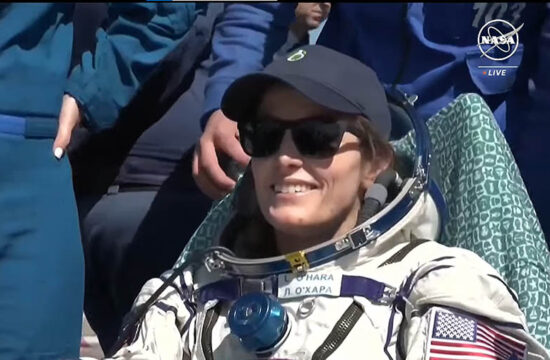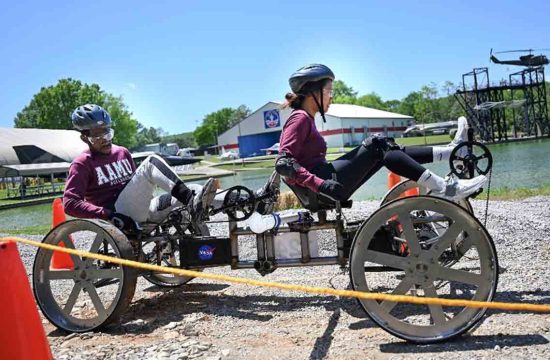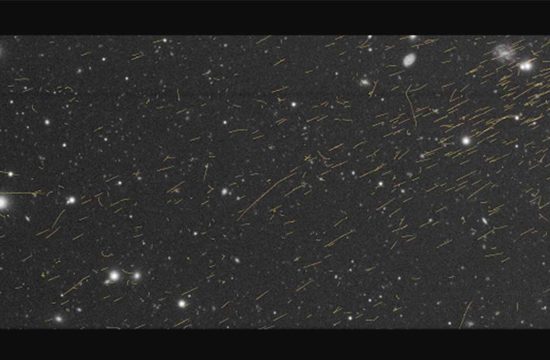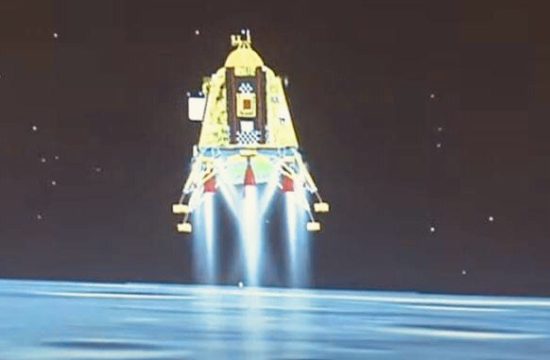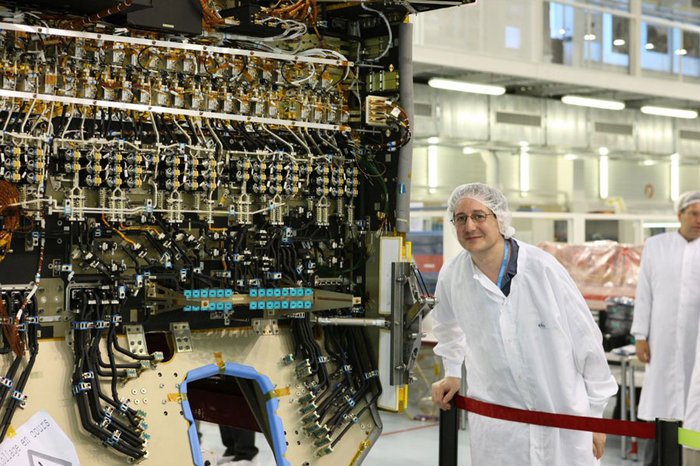
The use of metal 3D printing looks set to help deliver more capable telecom satellites, with the prototype production of streamlined radio-frequency filters offering improved performance at a lower cost and mass.
Building on previous ESA research, Airbus Defence and Space in the UK has developed prototype 3D-printed radio-frequency (RF) filters and demonstrated their spaceworthiness with rigorous tests.
RF waveguide filters are key technologies for space communications, dating back to the earliest days of the Space Age. The sky is crammed with radio signals but these filters serve as gatekeepers to screen out unwanted frequencies while allowing selected channels to pass through.
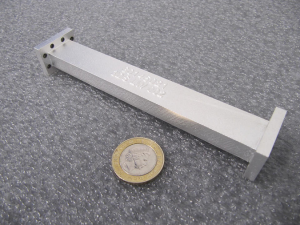
A typical modern telecommunication satellite might carry hundreds of these filters. Their complex internal contours are specifically chosen to work with specific frequencies to allow the use of multiple signal beams.
A dedicated R&D project looking into the application of metal 3D printing to RF equipment was supported through ESA’s Basic Technology Research Programme.
This project took place in 2015, and the results were promising enough for Airbus Defence and Space to carry out its own follow-up research, using a metal 3D printer from 3D Systems in Belgium.
Traditional metal waveguide RF filters are made in two segments that are then fixed together – designed for manufacturability rather than performance. Instead, 3D printing produces a single item, built up in layers.
“This new technology brings to the table both new design freedom and constraints which differ significantly from the traditional paradigm,” comments ESA microwave engineer César Miquel España.
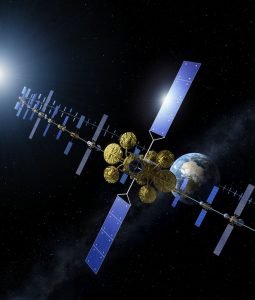
“To properly harness the benefits that 3D printing can bring the designers need to really think outside the box, as Airbus Defence and Space has done.”
“The main benefits of a monolithic design enabled by 3D printing are mass, cost and time,” adds Airbus Defence and Space RF engineer Paul Booth. “The weight is reduced because there is no longer the requirement to have fasteners.
“With direct metal printing there is also the no-cost bonus to have the outer profile more closely follow the inner profile, so only the really necessary metal needs to be used. The cost/time benefit comes from the reduction in assembly and post-processing.”
The printing process uses metal powder particles, melted together by laser. The challenge here was to end up with sufficiently smooth finished surfaces.
“The microscopic topology is different in the 3D printed part than in a machined part,” explains Paul. “Machined surfaces have sharp peaks and troughs, while the 3D printed surface is spheroids melted together so there is less sharpness.”



